Plate Boundaries Worksheet Middle School
Are you teaching middle school students about plate boundaries? If so, you'll need a comprehensive and engaging way to reinforce their understanding of this important topic. Look no further than our plate boundaries worksheet for middle school students. Designed to challenge and educate young minds, this worksheet provides a range of activities and questions that focus on various types of plate boundaries and their characteristics.
Table of Images 👆
More Other Worksheets
Kindergarten Worksheet My RoomSpanish Verb Worksheets
Cooking Vocabulary Worksheet
DNA Code Worksheet
Meiosis Worksheet Answer Key
Art Handouts and Worksheets
7 Elements of Art Worksheets
All Amendment Worksheet
Symmetry Art Worksheets
Daily Meal Planning Worksheet
What are plate boundaries?
Plate boundaries are the margins where tectonic plates in Earth's lithosphere meet. There are three main types of plate boundaries: divergent boundaries where plates move apart, convergent boundaries where plates move towards each other, and transform boundaries where plates slide past each other horizontally. These boundaries are dynamic regions responsible for various geological events such as earthquakes, volcanic eruptions, and the formation of mountain ranges.
Name the three main types of plate boundaries.
The three main types of plate boundaries are divergent boundaries, where plates move apart from each other; convergent boundaries, where plates collide and one is forced beneath the other; and transform boundaries, where plates slide past each other horizontally.
Describe a divergent plate boundary.
A divergent plate boundary is characterized by tectonic plates moving away from each other. This movement results in the formation of new oceanic crust as magma rises from the mantle and solidifies at the boundary, creating mid-ocean ridges. As the plates continue to separate, cracks and fissures may form on the Earth's crust, leading to volcanic activity and earthquakes. The divergent plate boundary is a key component of plate tectonics, driving the process of seafloor spreading and contributing to the continuous reshaping of the Earth's surface.
What happens at a convergent plate boundary?
At a convergent plate boundary, two tectonic plates collide with each other. The denser oceanic plate is usually forced beneath the less dense continental plate in a process known as subduction. This collision can result in the formation of deep oceanic trenches, volcanic arcs, and seismic activity such as earthquakes. Over time, the subducted plate may melt and create magma that rises to the surface, leading to volcanic eruptions.
Explain the process of subduction at a convergent boundary.
Subduction at a convergent boundary occurs when one tectonic plate, usually denser oceanic crust, is forced beneath another plate, typically less dense continental crust. As the two plates collide, the oceanic plate is subjected to high pressure and temperature, causing it to melt and form magma. This magma then rises to the surface, leading to volcanic activity and the formation of mountain ranges. Meanwhile, the subducted plate can cause earthquakes as it descends into the mantle. This process is crucial for the recycling of Earth's crust and plays a significant role in shaping the Earth's surface.
How are transform plate boundaries different from other types of boundaries?
Transform plate boundaries are unique because they involve two tectonic plates sliding past each other horizontally, causing earthquakes along the boundary. Unlike divergent and convergent boundaries where plates move away from or towards each other, transform boundaries have plates that move in a horizontal direction parallel to the boundary, without creation or destruction of lithosphere. This movement results in the release of stress stored in the Earth's crust, leading to frequent seismic activity along transform plate boundaries.
Describe the movement of plates at a transform boundary.
At a transform boundary, two lithospheric plates slide past each other horizontally in opposite directions. The movement is typically characterized by a series of faults where the plates grind past each other, causing earthquakes. This boundary type is neither created nor destroyed, as the plates are simply slipping past each other.
What is a fault, and how does it relate to plate boundaries?
A fault is a fracture in the Earth's crust where rocks on either side have moved relative to each other. Faults are often associated with plate boundaries, where tectonic plates interact, leading to stress and movement in the Earth's lithosphere. At divergent boundaries, faults can form as plates move apart; at convergent boundaries, faults can form due to compression as plates collide; and at transform boundaries, faults can form due to plates sliding past each other horizontally. The movement along faults can result in earthquakes as rocks suddenly release accumulated stress.
Explain how earthquakes are associated with plate boundaries.
Earthquakes are associated with plate boundaries because the Earth's outer shell, or lithosphere, is divided into several large, rigid plates that are in constant motion. These plates interact at their boundaries, where they can move apart, collide, or slide past each other. The stress and pressure generated by this movement can build up along these plate boundaries, creating seismic tension that is eventually released in the form of an earthquake. The most severe earthquakes typically occur at convergent plate boundaries, where plates collide and one is forced beneath the other in a process known as subduction.
How do plate boundaries affect the distribution of volcanoes around the world?
Plate boundaries play a crucial role in the distribution of volcanoes around the world. Volcanoes are most commonly found at divergent and convergent plate boundaries where tectonic plates either move apart or collide. At divergent boundaries, magma rises to the surface to form new crust, resulting in volcanic activity along mid-ocean ridges. On the other hand, at convergent boundaries, one plate is pushed below the other in a process called subduction. This subduction zone generates intense heat and pressure, leading to the melting of rock and magma formation, which can then erupt as volcanoes. Therefore, plate boundaries are essential in determining the location and frequency of volcanic eruptions worldwide.
Have something to share?
Who is Worksheeto?
At Worksheeto, we are committed to delivering an extensive and varied portfolio of superior quality worksheets, designed to address the educational demands of students, educators, and parents.

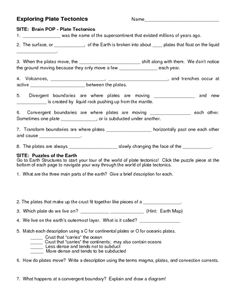



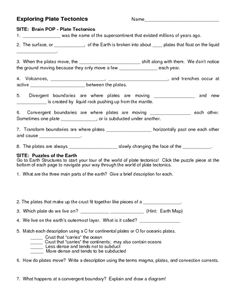

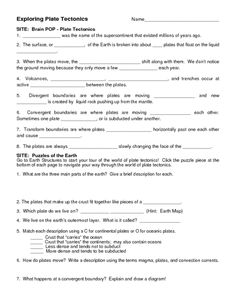


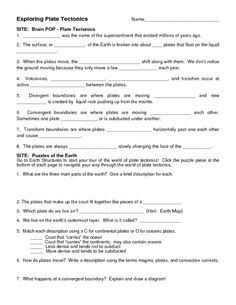
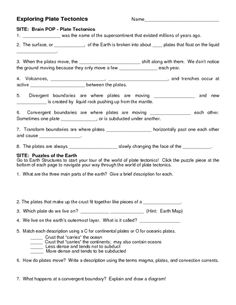
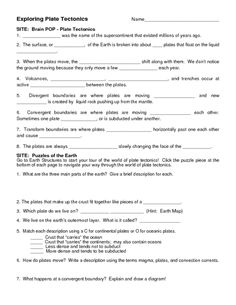
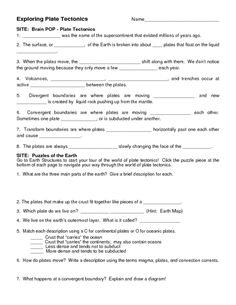
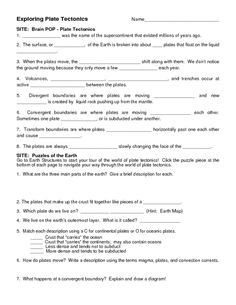
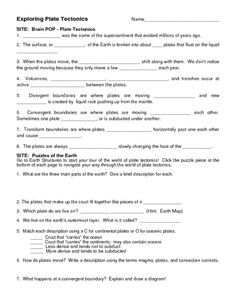

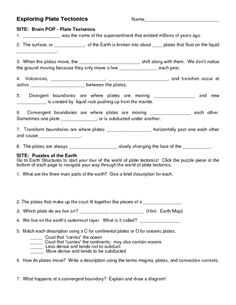
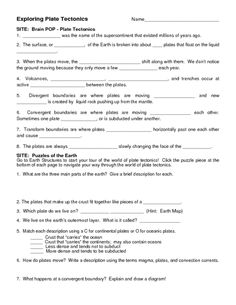
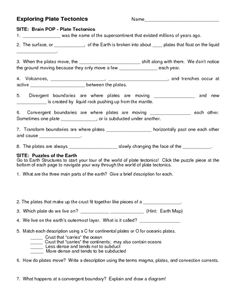
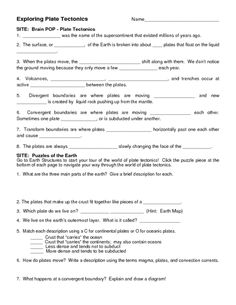
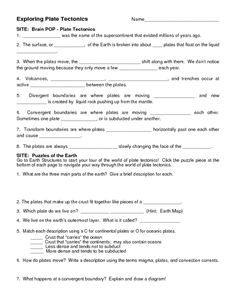
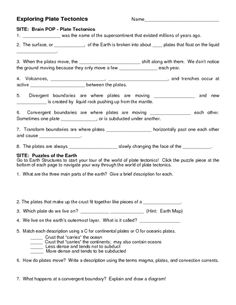














Comments